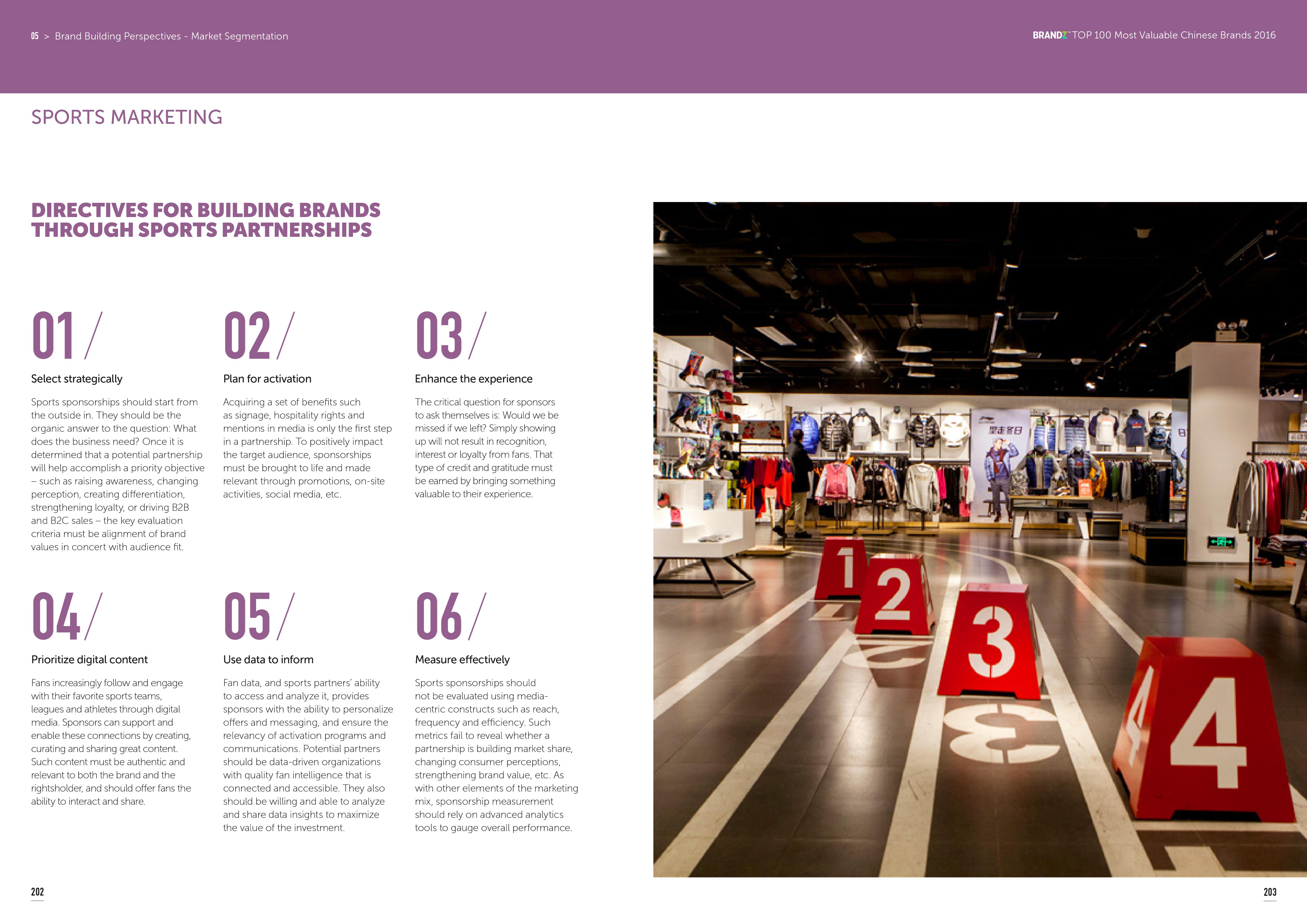Getting in on the game
The past year alone has witnessed tremendous investment in sport, as the Chinese government has fully committed to success in international sports, particularly football. Chinese enterprises have followed suit with significant spending to acquire sports rights and establish global partnerships, including Tencent’s reported $700 million digital partnership with the NBA, and Dalian Wanda’s $650 million purchase of the Ironman triathlon series and $1.2 billion acquisition of global sports agency Infront.
Perhaps the most important deal to date is China Media Capital’s five-year, $1.3 billion agreement for exclusive global rights to broadcast the top-tier professional football Chinese Super League. The agreement values the rights at 20 times what the current broadcast partners are paying and will filter through multiple levels of the sport, providing better coaching and training, developing better quality players and improving infrastructure.
Investments and partnerships like the above are creating real value in Chinese sports marketing platforms for current and potential brand partners.
At the same time, we are seeing tremendous interest in sports sponsorship as a platform to support international expansion by Chinese brands such as Huawei, Haier and ZTE, all of which have signed significant partnerships with rightsholders outside of China in the past two years. Their initial steps could lead to taking a page out of the playbook used by others to grow globally, most notably Japanese and Korean brands such as Sony, Canon, Samsung and Hyundai, who relied on the Olympics, FIFA World Cup, UEFA and other sponsorships to demonstrate strength, establish legitimacy and put them front and center on the world stage.
Collectively, all of these signs indicate we are at the inflection point for sports marketing in China and by Chinese enterprises. And it comes at a critical time in the industry’s development.
Data, and the ability to access and analyze it, is having a profound, across-the-board impact on sports marketing, allowing for personalized fan engagement on a scale not seen before.
Fans have always been at the heart of the sports marketing proposition.
However, it is no longer exposure, impressions generated or image transfer that drives and determines value. Rather – thanks to data- based insights into actual online and real-world behavior and the personalization that results –brands are able to engage, involve and connect with fans and drive actionable results.
Chinese marketers and those targeting the China market have the chance to be part of this reinvention of sports marketing and sponsorship.
Success is, of course, not automatic. It requires a strategic approach, integration into the marketing mix and a commitment of human and capital resources. But for those who play the game well, there are plenty of points to be scored.
Directives for building brands through sports partnerships
1. Select strategically
Sports sponsorships should start from the outside in. They should be the organic answer to the question: What does the business need? Once it is determined that a potential partnership will help accomplish a priority objective–such as raising awareness, changing perception, creating differentiation, strengthening loyalty, or driving B2B and B2C sales – the key evaluation criteria must be alignment of brand values in concert with audience fit.
2. Plan for activation
Acquiring a set of benefits such as signage, hospitality rights and mentions in media is only the first step in a partnership. To positively impact the target audience, sponsorships must be brought to life and made relevant through promotions, on-site activities, social media, etc.
3. Enhance the experience
The critical question for sponsors to ask themselves is: Would we be missed if we left? Simply showing up will not result in recognition, interest or loyalty from fans. That type of credit and gratitude must be earned by bringing something valuable to their experience.
4. Prioritize digital content
Fans increasingly follow and engage with their favorite sports teams, leagues and athletes through digital media. Sponsors can support and enable these connections by creating, curating and sharing great content. Such content must be authentic and relevant to both the brand and the rightsholder, and should offer fans the ability to interact and share.
5. Use data to inform
Fan data, and sports partners’ ability to access and analyze it, provides sponsors with the ability to personalize offers and messaging, and ensure the relevancy of activation programs and communications. Potential partners should be data-driven organizations with quality fan intelligence that is connected and accessible. They also should be willing and able to analyze and share data insights to maximize the value of the investment.
6. Measure effectively
Sports sponsorships should not be evaluated using media-centric constructs such as reach, frequency and efficiency. Such metrics fail to reveal whether a partnership is building market share, changing consumer perceptions, strengthening brand value, etc. As with other elements of the marketing mix, sponsorship measurement should rely on advanced analytics tools to gauge overall performance.

